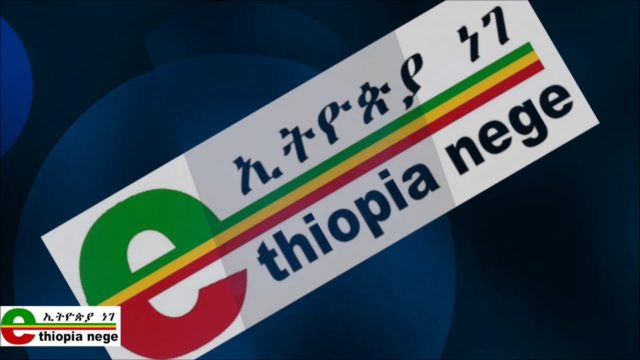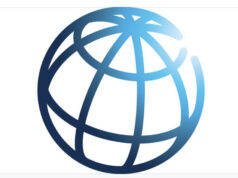This report has been prepared under the auspices of the Federal Disaster Risk Management Technical Working Group, co-chaired by the National Disaster Risk Management Commission (NDRMC) and OCHA with participation of Sector Co-Chairs (Government Line Ministries and Cluster Coordinators). It covers the period from 01 to 31 October 2017.
Highlights
– The Government, with support from humanitarian partners, continue to address the triple challenge of drought, flood and inter-communal conflict, but resources are stretched.
– The Government and humanitarian partners have jointly been conducting verification assessments in few areas affected by the Oromia-Somali communal conflict to identify the scope of humanitarian needs and provide first-line assistance. With available resources, the ES/NFI Cluster can only address 40 per cent of the identified needs for 100,000 households.
– Government and partners released an ‘HRD Status Update’ on 19 October highlighting all outstanding 2017 HRD MYR requirements against revised sector requirements.
Situation Overview
Government and partners responding to drought, flood and conflict-induced humanitarian needs
The Government, with support from humanitarian partners, continue to address the triple challenge of drought, flood and inter-communal conflict, but resources are stretched. As of the end of October, Round 6 relief food distribution stood at 18 per cent in the Government/National Disaster Risk Management Commission (NDRMC)-covered areas targeting 5.2 million people nationwide, while ETB494.5 million/US$18 million was allocated for 2.4 million cash beneficiaries.
In Somali region, WFP is providing assistance through a combination of modalities based on needs, including in-kind food assistance; food “top ups” (vegetable oil and pulses) to people receiving cash assistance from the Government; and a cash pilot project. Accordingly, 1.7 million people identified in the Humanitarian Requirements Document (HRD) Mid-Year Review are receiving relief food assistance; 1.7 million PSNP Government cash clients with transitory needs are receiving top-up of vegetable oil and pulses; while some 588,000 beneficiaries are receiving cash-based support as part of the HRD-PSNP cash pilot. Round 6 relief food distribution stood at 78 per cent in the Joint Emergency Operation Program (JEOP)-covered areas targeting 1.6 million beneficiaries,.
To meet the water needs of communities in drought-affected areas, the Government and WaSH partners have deployed 103 trucks (of 299 trucks requested – down from 779 trucks requested in April). At least 3.6 million people have benefited from water trucking service to date. In parallel, permanent water systems are being put in place as a longer term solution in areas experiencing recurrent drought. Separately, 80,000 full emergency shelter and NFI kits were distributed to drought and flood-displaced households in six regions between January and October 2017, including cash-grants for 2,700 households.
Between January and September, 255,623 malnourished children were treated with good quality of care nationwide, with 8.9 per cent of children admitted in stabilization centers for inpatient medical care (latest data available). This is below the 10 per cent emergency threshold, although variation exists across regions. The total admission recorded in September represents 90 per cent of the January-September projection in the HRD MYR.
Concerted efforts to have a better integrated general relief food distribution (GFD), nutrition, health and WaSH interventions are showing positive results. In Somali region for example, admissons of severe acute malnutrition (SAM) cases in September fell by 21 per cent to 6,408 new cases compared to August. Although this success is encouraging, the current level of intervention should be maintained to avoid a relapse given the still dire nutritional situation in the region. In partnership with the Somali Regional State Disaster Prevention Preparedness Bureau, the Regional Health Bureau and NGOs, WFP plans to distribute blanket supplementary feeding (BSF) commodities in Somali region starting from the first week of November, to supplement general relief food distribution and targeted supplementary feeding interventions. The program aims to reach 45 critically drought-affected districts/woredas in seven zones. Approximately 400,000 pregnant and breastfeedingwomen and children under-5 will benefit from this program for four months.
























